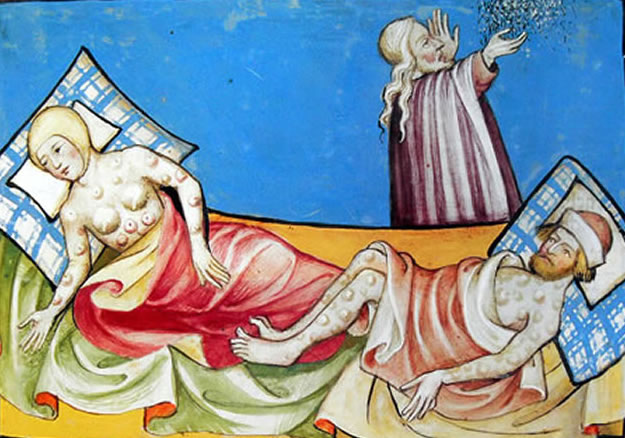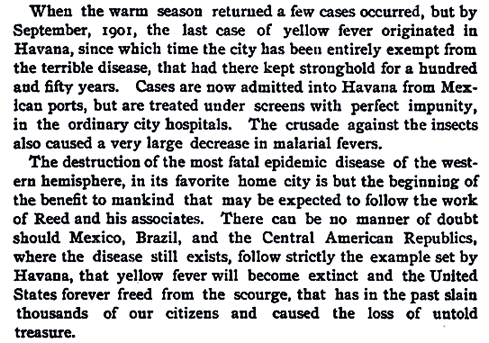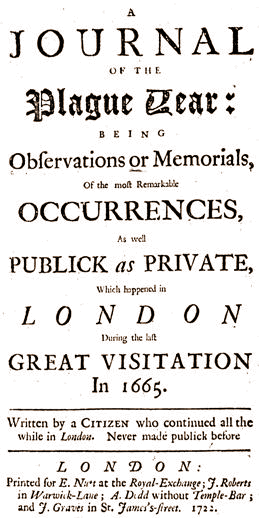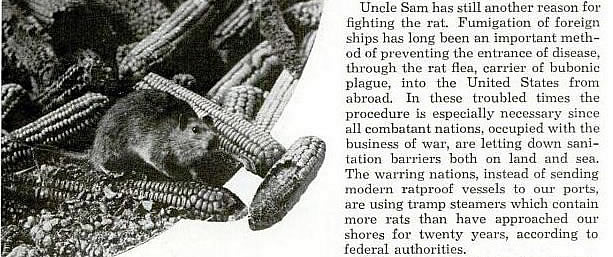Arrowsmith, by Sinclair Lewis
Author: M. Crasnier-Mednansky, Ph.D., D.Sc.Copyright © 2008 Mednansky Institute, Inc.
"Nobody ain't going to take us in," she said." We're going on jus' long as we can. Going West! They's a whole lot of new things I aim to be seeing!"
She cooked the supper, she put the children to bed, and sat by the fire, alone.
That was the great-grandmother of Martin Arrowsmith. - Excerpt is from Arrowsmith Chapter I

In his novel Arrowsmith, Sinclair Lewis (1885-1951) portrayed spirited characters in relation to science with a focus on scientific research aimed at fighting infectious diseases. The German character, Professor Max Gottlieb, is a bacteriologist and mentor to young Martin Arrowsmith who is much impressed by Gottlieb's dedication to pure research, and influenced by his quite unfair –for an educator– sarcastic despise for medical doctors. Dedication to the mentor will push Arrowsmith to make scientific choices while confronting human sufferings. It is because of his promise to Gottlieb that Martin Arrowsmith shall experiment on dying human beings without any doubt or even remorse, for the sake and integrity of science. Indeed a control is needed as a standard for comparison therefore only half the patients must be treated. As stated by Gottlieb, the scientist is intensely religious, he is so religious that he will not accept quarter-truths, because they are an insult to his faith. "You must pity, oh, so much the generation after generation yet to come that you can refuse to let yourself indulge in pity for the men you will see dying. … Let nothing, neither beautiful pity nor fear of your own death, keep you from making this plague experiment complete", says Gottlieb. Can experimentations on human beings be justified for answering the mere curiosity of a few scientists? Is there an adequate justification for establishing the validity of a serum before its inoculation to dying human beings? Here stands an open clash between the scientific method (need for control) and moral standards.
Martin Arrowsmith is a captivating rebel combating the force of ignorance and greed to pursue scientific truth. He is resisting pressure to become obedient, a new hero to scientific individualism. He sees external pressures from institutions, like the powerful McGurk Institute of Biology, as threat to pure science. Indeed, scientists need a great deal of freedom to pursue their educated curiosity, besides fortitude, in resisting pressure from institutions insuring their livelihood. However, his insistence in conducting 'his experiment' in the Caribbean, where plague is spreading, is quite astonishing. After becoming aware of the suffering from the plague, he "had been tempted to forget experimentation". He finds opposition among the Caribbean officials, however he carries on with experimentation until he found himself confronted with the death of his wife Leora from the plague.

Illustration of the Black Death from the Toggenburg Bible (1411) most likely depicting the bubonic plague
Paul de Kruif, author of Microbe Hunters, contributed significantly to the elaboration of Arrowsmith. He and Lewis spent time together in the Caribbean establishing the material and characters for the novel. No doubt Paul de Kruif influenced Lewis into thinking that medicine is not a science, particularly because of lack of control experiments in medical research.1 Nevertheless, Paul de Kruif formed an opinion on experimentation with human volunteers when he wrote in Microbe Hunters, "But science is cruel, microbe hunting can be heartless, and that relentless devil that was the experimenter Walter Reed [the yellow fever hunter] kept asking: But is your experiment really sound?" Was it in the interest of science and for humanity? Yellow fever was at the time eradicated by Walter Reed and his team of brave soldiers, which prompted Paul de Kruif to acknowledge the benefit of human experimentation with volunteers.
1Lewis wrote to journalist H. L. Mencken, "The book goes grand. Paul de Kruif proves to have as much synthetic fictional imagination as he has scientific knowledge, and that's one hell of a lot. It's going to be my best book - though it isn't just mine by a long shot"At present, regulations and ethical guidelines for human experimentation exist. They stress the voluntary consent of the human subject as being 'absolutely essential', and the experiment to be such as 'to yield fruitful results for the good of society', as reported in The Ten Principles of the Nuremberg Code.
Miscellanea:eBook of Arrowsmith (1925) at Project Gutenberg Australia
Lewis Nobel Lecture at Nobelprize.org (Sinclair Lewis was awarded the Nobel Prize in literature in 1930 'for his vigorous and graphic art of description and his ability to create, with wit and humor, new types of characters')
A 14-cent stamp in the Great Americans Series from Arago: People, Postage & the Post
Excerpt from Walter Reed: a memoirGoogleBook by Walter Drew McCaw, 1904:

Loimographia: an account of the great plague of London in the year 1665 by London apothecary William Boghurst, 1666. An online version of Loimographia is available at Open Collections Program, Harvard University Library.
A Journal of the Plague Year by Daniel Defoe, E-Book #376 at Project Gutenberg

The Search by C. P. Snow, 1934. In 1958, the original version of the novel was cut quite considerably by the author who found it "more discursive than I can now bear." Excerpt from Part IV, Chapter 5: "It was straightforward. Here was a published scientific communication; I knew it contained a mistake in fact; the motives behind it were irrelevant. In my hands I had the material to correct that mistake; unless I did so, and at once, I was an accessory after the fact". Note the reference to the Arrowsmith science, Part I, Chapter 5
The Plague (La Peste) by Albert Camus, 1947. Albert Camus was awarded the Nobel Prize in literature in 1957. Excerpt from the Award Ceremony Speech: In La Peste, 1947, a symbolic novel of greater scope, the main characters are Doctor Rieux and his assistant, who heroically combat the plague that has descended on a North African town. In its calm and exact objectivity, this convincingly realistic narrative reflects experiences of life during the Resistance, and Camus extols the revolt which the conquering evil arouses in the heart of the intensely resigned and disillusioned man.
Bubonic Plague, Rats and Uncle Sam in 1941:

From Combatting the Rat Menace, Popular Mechanics MagazineGoogleBook March 1941, Vol. 75, No. 3
Note: In Arrowsmith rat extermination takes a comical turn
The Pied Piper of Hamelin (1888), by Robert Browning (1812-1889) at Project Gutenberg:

Illustration by Kate Greenaway (1846-1901)
The Black Death was accompanied by hordes of rats in Medieval Europe
The Masque of the Red Death by Edgar Allan Poe, 1842 or E-Book #1064 at Project Gutenberg
The Isle of the Dead, Op. 29 by Sergei Rachmaninoff, Chicago Symphony Orchestra conducted by Fritz Reiner (1957)
Minst.org Online Library Index